Economic Contribution of the Animal Feed and Pet Food Manufacturing Industry
The animal feed and pet food manufacturing industry is an important economic driver to the U.S. economy.

The animal feed and pet food manufacturing industry is an important economic driver to the U.S. economy.
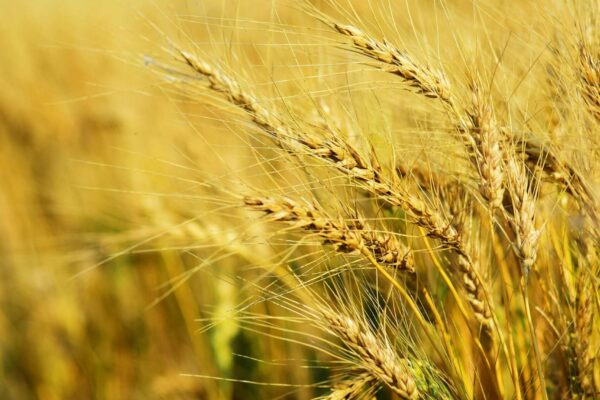
A combined slaughter and processing pork plant causes a measurable increase in economic activity within each community where the operations of the plant are located.

Since the beginning of 2015, Highly Pathogenic Avian Influenza (HPAI)…

After the drought of 2012, the Nebraska Farm Bureau Federation…

The State of Alabama has abundant natural resources and forests…
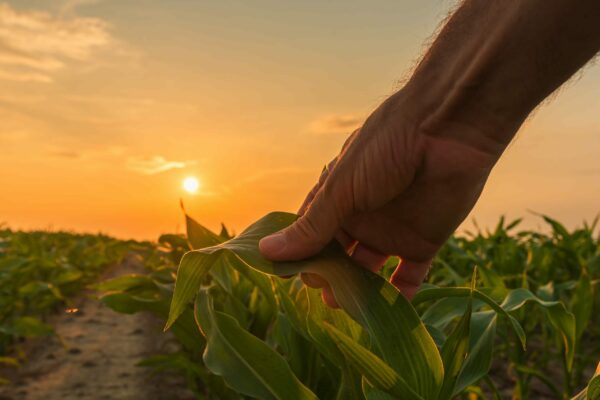
Our study provides a comprehensive overview of the soybean industry…
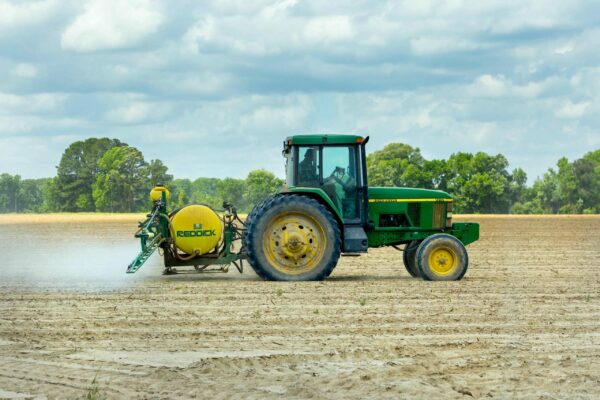
This South Dakota Agriculture Economic Contribution Study quantifies agriculture and…

The animal feed and pet food manufacturing industry is an…

The entry of a new 1,000-cow dairy farm causes a…
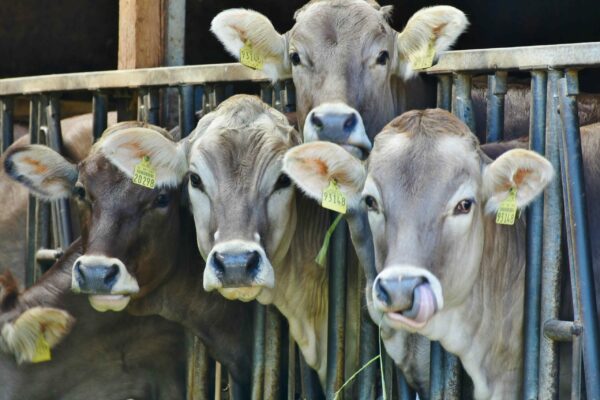
Top Industries Impacted The entry of a new 300-head cow-calf…
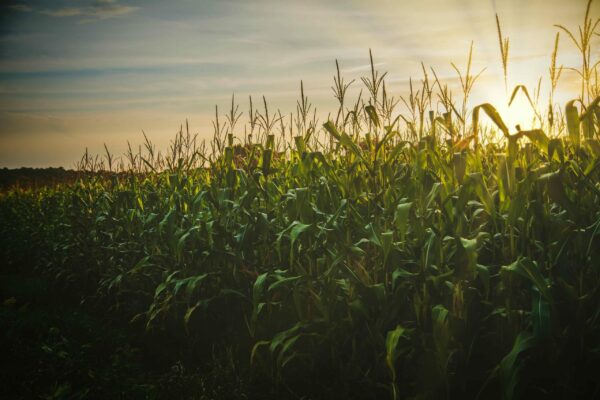
The 2015 Illinois Agriculture Economic Contribution study was completed by…
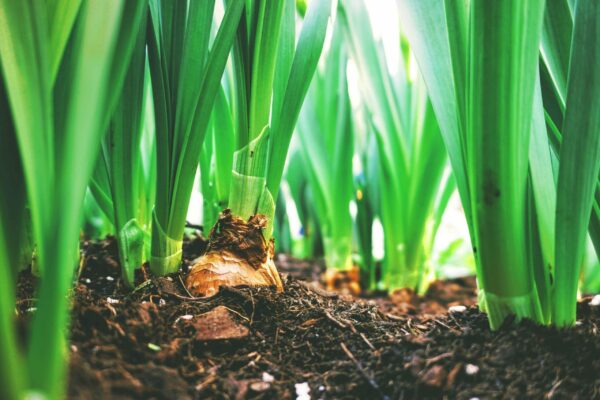
Animal agriculture consumes most of the soybean meal (SBM) produced…

Sustainable Aviation Fuel (SAF) production provides a substantial opportunity for…
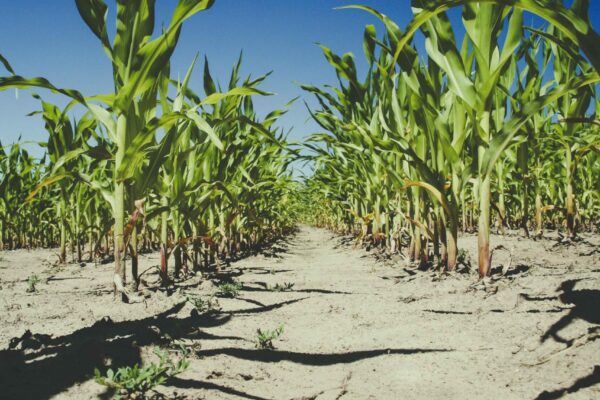
The results of this study indicate that although there have…

The entry of a new 39,000 square foot (66’ x…

The animal feed and pet food manufacturing industry is an important economic driver…

A combined slaughter and processing pork plant causes a measurable…
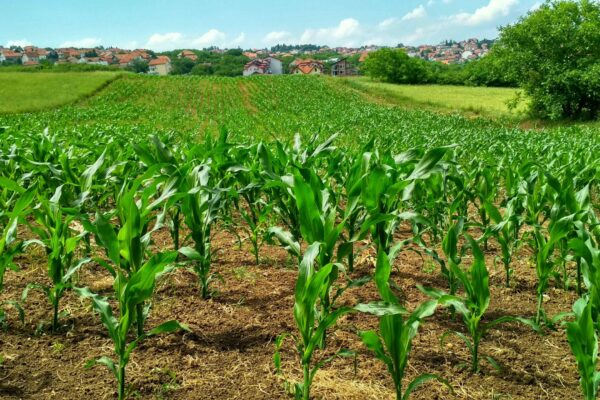
In a 2021 update to a 2016 analysis of the…
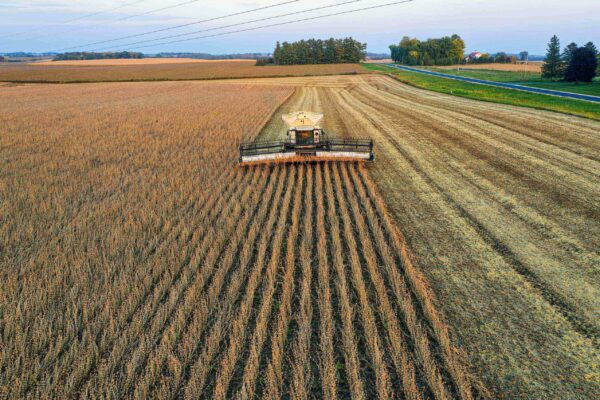
Ever wondered how many jobs an industry contributes to your…

Our intent is to tell the story of how agriculture…

Objective 1 To estimate the degree to which land use…
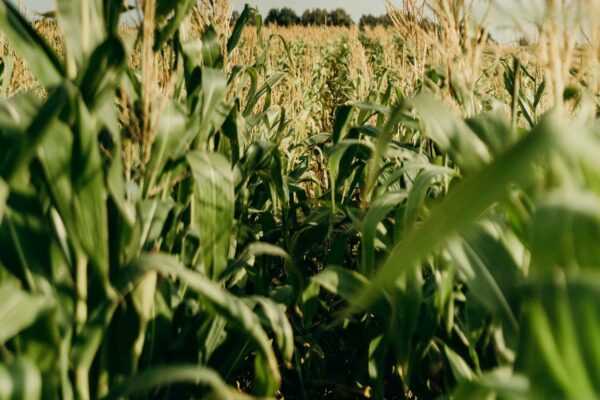
In 2011, after the Missouri River flood waters began to…

Since the mid-1980s various farm bills have allowed for the…

A major component of this analysis was an update of…

This study was commissioned by the Missouri Soybean Association, Missouri…

In a study commissioned by the Livestock Marketing Association, DIS…
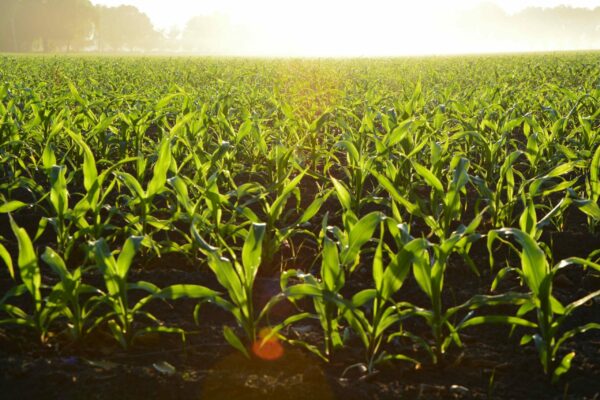
In a study commissioned by the Kansas Department of Agriculture,…

This project evaluates the impacts of a new state level…
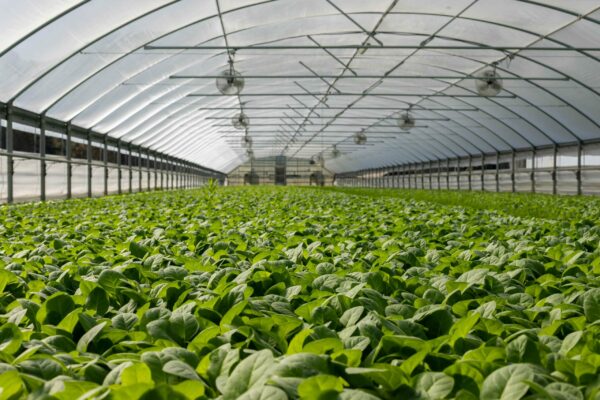
DIS worked with Mercator International to research, analyze, and develop…

The DSAT model is specifically designed for dairy owners and…

This study illustrates the amounts and rate at which the…
We use custom tools and methodologies to process and analyze vast amounts of market data.
Analysis helps determine how a policy impacts your business or organization.
We use a unique approach to interpret complex sets of data.
We recognize that every agricultural project has unique economic implications.
Spatial analysis helps improve efficiency, productivity, and sustainability.